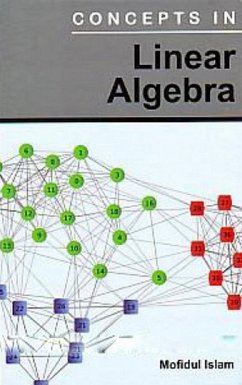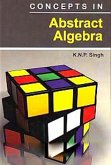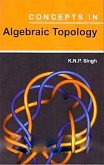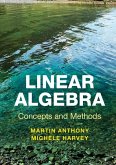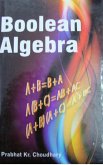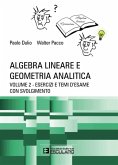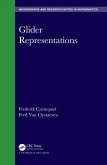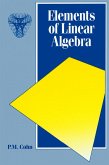Linear algebra is central to both pure and applied mathematics. For instance abstract algebra arises by relaxing the axioms leading to a number of generalizations. Functional analysis studies the infinite-dimensional version of the theory of vector spaces. Combined with calculus linear algebra facilitates the solution of linear systems of differential equations. Techniques from linear algebra are also used in analytic geometry, engineering, physics, natural sciences, computer science, and the social sciences (particularly in economics). Because linear algebra is such a well-developed theory, nonlinear mathematical models are sometimes approximated by linear ones. The study of linear algebra and matrices first emerged from the study of determinants, which were used to solve systems of linear equations. Determinants were used by Leibniz in 1693, and subsequently, Gabriel Cramer devised the Cramer's Rule for solving linear systems in 1750. Later, Gauss further developed the theory of solving linear systems by using Gaussian elimination, which was initially listed as an advancement in geodesy. The contents conform to the specified syllabi and are so structured as to enable the students to move easily from the fundamental to the complex. It is our earnest hope that his book will be of great value to all our students.
Dieser Download kann aus rechtlichen Gründen nur mit Rechnungsadresse in A, B, BG, CY, CZ, D, DK, EW, E, FIN, F, GR, HR, H, IRL, I, LT, L, LR, M, NL, PL, P, R, S, SLO, SK ausgeliefert werden.

